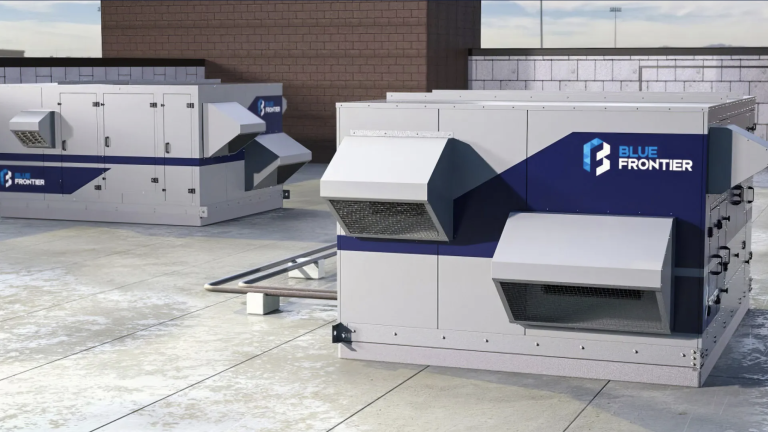
As global temperatures rise, millions more people will need access to air conditioning just to survive. Even those living in milder climates will increasingly rely on AC to keep their homes and workplaces comfortable.
To meet this rising demand, 10 new AC units will be sold every second until 2050, according to estimates from the International Energy Agency. But perversely, AC is itself a big contributor to greenhouse gases and will exacerbate climate change unless the technology improves.
Blue Frontier has one promising solution. Its AC system works to reduce humidity and cool the air in separate processes. This matters because maintaining the humidity in a space has as much impact on people’s comfort as managing temperature. But most AC systems prioritize the latter. What’s more, conventional humidity control generates even more greenhouse gases than cooling the air.





